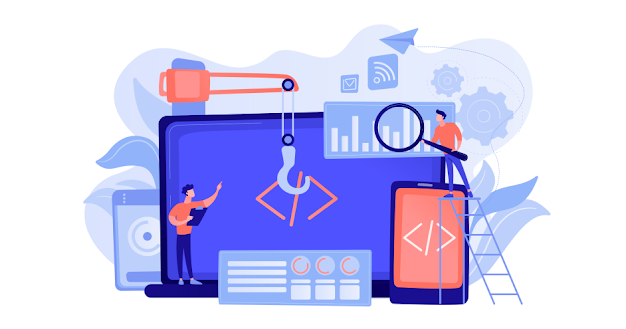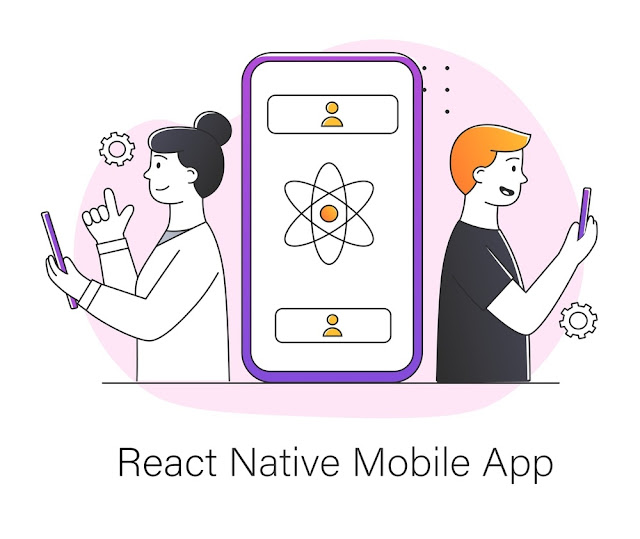Essential Tips and Tricks for Flutter Developers
Introduction
Flutter is a mobile application development framework that is free and open-source. It is designed to build high-performance, high-fidelity apps for iOS, Android, web, and desktop platforms from a single codebase.
Flutter app development has gained popularity due to its fast development cycles, expressive and flexible UI, and native performance. It is also used to build apps for Windows, Mac, and Linux, and has experimental support for Google Fuchsia.
Flutter is a cross-platform mobile application development framework that uses the Dart programming language. It was created by Google and is designed to help flutter developer build high-performance, natively compiled applications for mobile, web, and desktop platforms using a single codebase.
Flutter's use of the Dart programming language enables developers to write code that can be compiled into native machine code, resulting in faster performance and better optimization.
Additionally, Flutter's hot reload feature allows developers to quickly see the effects of changes made to the code without having to rebuild the entire application. It has a number of features that make it an attractive option for developers, including the ability to develop multiple platforms from a single codebase, hot reload, and a declarative UI.
If you’re thinking about developing a Flutter app development, then read on for our top 20 tips!
Animation & user interaction go hand-in-hand Animations and user interaction go hand-in-hand when developing a successful Flutter app. It has become increasingly important to users that the app is interactive and eye-catching.
Animations are a great way to get users more engaged with your Flutter app development, as it helps the user navigate more efficiently through the app, and they can also create an enjoyable experience. Animations should always be used in accordance with the app’s purpose and should never be used to just “wow” the user.
Interactive elements are also important for a successful Flutter app development. It is important to add user interaction to your app as this will make the user feel that the app is not just about the design, but that there is also an element of playfulness to it.
Whether you use animation to create an interactive experience or a playful one, these elements will make the user feel engaged, and the Flutter app development will become more successful.
Importance of Prioritizing Quality over Speed in Task Completion
It is important to remember that if you don’t take the time to plan and develop your Flutter app development correctly, it may take you more time down the line to fix any issues that may arise. When developing a successful Flutter app, it is important to take the time to plan out your design and development process.
Although it may seem like a daunting task in the beginning, taking the time to plan now can save you time and energy later. By mapping out your Flutter app development flows and features, you can ensure that you are well-equipped to design, develop and launch a successful Flutter app development.
Additionally, make sure to include generous testing in your development workflow. By testing your Flutter app development extensively, you can work through any kinks in the product or the development process before it goes live. This will ensure that your app is of the highest quality when it does launch.
By taking the time to plan and develop your Flutter app correctly, it will save you time and energy in the long run as you’ll be left with fewer issues to worry about once the Flutter app development is live.
Put your design hat on and get creative
By combining your own innovative ideas with the best practices that the Flutter team has put in place, you can create a Flutter app that is truly unique and visually exciting.
Be sure to constantly be testing
Also, test how the app operates on both real devices and emulators. This helps to make sure your app runs properly on both iOS and Android devices.
By incorporating continuous testing into your Flutter app development process, you can ensure that bugs and performance issues are detected early on and that the released flutter app development is of high quality.
Epilogue
Flutter app development is a powerful and versatile mobile application development framework created by Google. It enables developers to build high-performance, high-fidelity apps for multiple platforms, including iOS, Android, web, and desktop, using a single codebase.
Flutter's use of the Dart programming language, along with its hot reload feature, allows for faster development cycles and better optimization. Additionally, Flutter's flexible user interface and native performance make it an ideal choice for building visually appealing and responsive apps.
With Flutter's growing popularity and strong community support, it is an excellent choice for developers looking to create mobile apps that can run on multiple platforms with ease.





